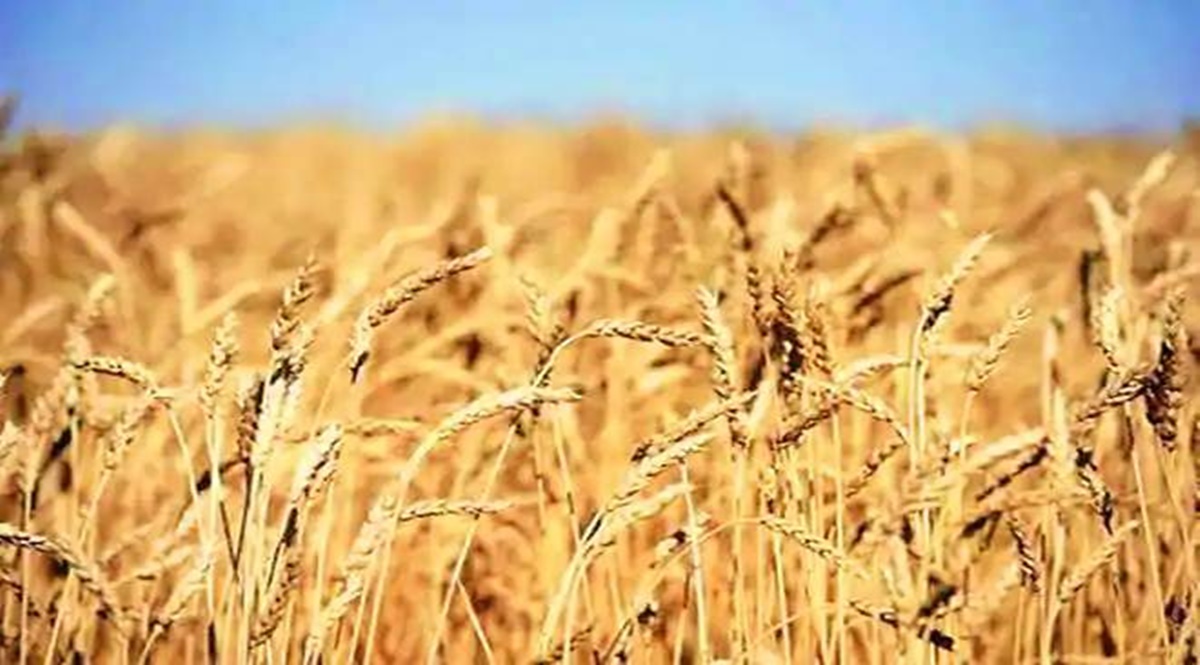22 Aug , 2022 By : Monika Singh

As we celebrate 75 years of India’s Independence and enter the amrit kaal toward 2047, it is time to salute our freedom fighters, soldiers, farmers, scientists, and all those who have contributed to the development of this country. The famous slogan of late Lal Bahadur Shastri, Jai Jawan, Jai Kisan, was extended by Atal Bihari Vajpayee to include Jai Vigyan, and now prime minister Narendra Modi has extended it further to Jai Anusandhan (innovations).
Let us focus here on Indian agriculture and see what our farmers and agri-scientists have achieved in the last 75 years, and what more innovations (anusandhan) need to be done in the agri-food space till 2047, with a view to have a well-fed India, zero hunger, zero malnutrition, good climate resilience, and high incomes of farmers.
When India got Independence in 1947, its population was roughly 340 million, which has gone up by a little more than 4 times since and is likely to surpass China by 2023 at 1.4 billion. By 2050, we are likely to be 1.66 billion, as per the latest UN Population Prospects data. So, the biggest challenge will be feeding India, whose per capita income still hovers around $2,300 per annum. The per capita income during amrit kaal is likely to grow between 5-6% p.a. under normal conditions. Rising from low levels of income, people are likely to demand not just more food but safe and nutritious food. So, the first challenge would be to align our agri-policies and strategies to emerging demand pattern. A clue of this can be had by looking at the last 10 years or so, how different components of agriculture have grown (see graphics).
The accompanying graphic clearly shows that poultry, fishery, etc, have grown the fastest while the cereals group has grown the slowest. Government intervention is the highest in cereals through massive procurement of rice and wheat while those sub-sectors that rely on market forces, no matter how imperfect they are, still perform better. The policy implication is very clear. Promote the markets and get them right; this will help unleash revolutionary growth in agriculture.
In amrit kaal, we need to go beyond just increasing production. We need to focus on the food system as a composite entity. It has five dimensions: production, marketing, and consumption (the traditional part of the food system), and the two new additions, environmental sustainability and nutritional outcomes. And at the centre of this five-dimensional food system is the issue of farmers’ income.
What we know from the past experience is that in our efforts to boost production, and convert the country’s food situation from ‘ship to mouth’ in the mid-1960s to the largest exporter of rice in the world today (21mmt in FY22), we have neglected the environmental consequences. It is time to wake up and promote climate-resilient agriculture. We need to arrest the dramatic decline in our groundwater table, particularly in northwest, rejuvenate our soils, and improve the air quality by stopping/reducing stubble burning and methane emissions. We need to develop carbon markets so that farmers can be incentivised to shed existing practices that are not compatible with environmental sustainability. This requires innovations in policies, technologies related to precision farming, and also institutional engineering to include millions of small-holders, as we did in the case of the white (milk) revolution. Digitalisation of agriculture can help in this. We need to become a nation of innovators in agriculture, like Israel, Holland, and the US.
However, making the agri-food system vibrant and competitive requires significantly augmenting farmers’ incomes. Against the backdrop of continuously declining average holding size, from 2.3 ha in 1970-71 to just 1.08 ha in 2015-16, cereals can not give high enough incomes to farmers even when productivity is increased. Diversification towards high-value crops is a must as we move forward. It will require building efficient value-chains by the private sector. Policies need to create an ecosystem to promote this high-value agriculture and reduce the risks attached to that.
But some out of box innovation can almost double farmers’ income quickly. And this innovation is to have “solar as a third crop”. On one acre of cultivated land, which grows two crops a year, one can have more than 400 solar panels (trees) of 10-12 feet height, with due spacing for regular cultivation to continue. Solar energy generated from 400 panels will be the ‘third crop’ that can be bought by the power companies and channelled into the grid for distribution. A pilot in Najafgarh KVK area revealed that farmers can earn additional income of upto `1 lakh/acre, when the capital cost is incurred by another entrepreneur. This concept needs wider validation in different states with good sunshine. This is the ‘inclusive growth, green growth’ model that needs to supplement the solar parks model being developed by big entrepreneurs. PM Modi, in 2016, had given a clarion call to double farmers’ incomes by FY23, and he can do it through this single innovation, provided he takes it as a campaign and mobilises investors, farmers, renewable power companies, and discoms in that direction. Can he mobilise the country for ‘har khet main saur urja’ (solar power in every farmer’s field), in the manner he did for har ghar Triranga? This way we can have clean energy in rural areas, double and stabilise farmer’s incomes. Only then we can say that the slogan Jai Anusandhan has true and magnificent meaning!
0 Comment